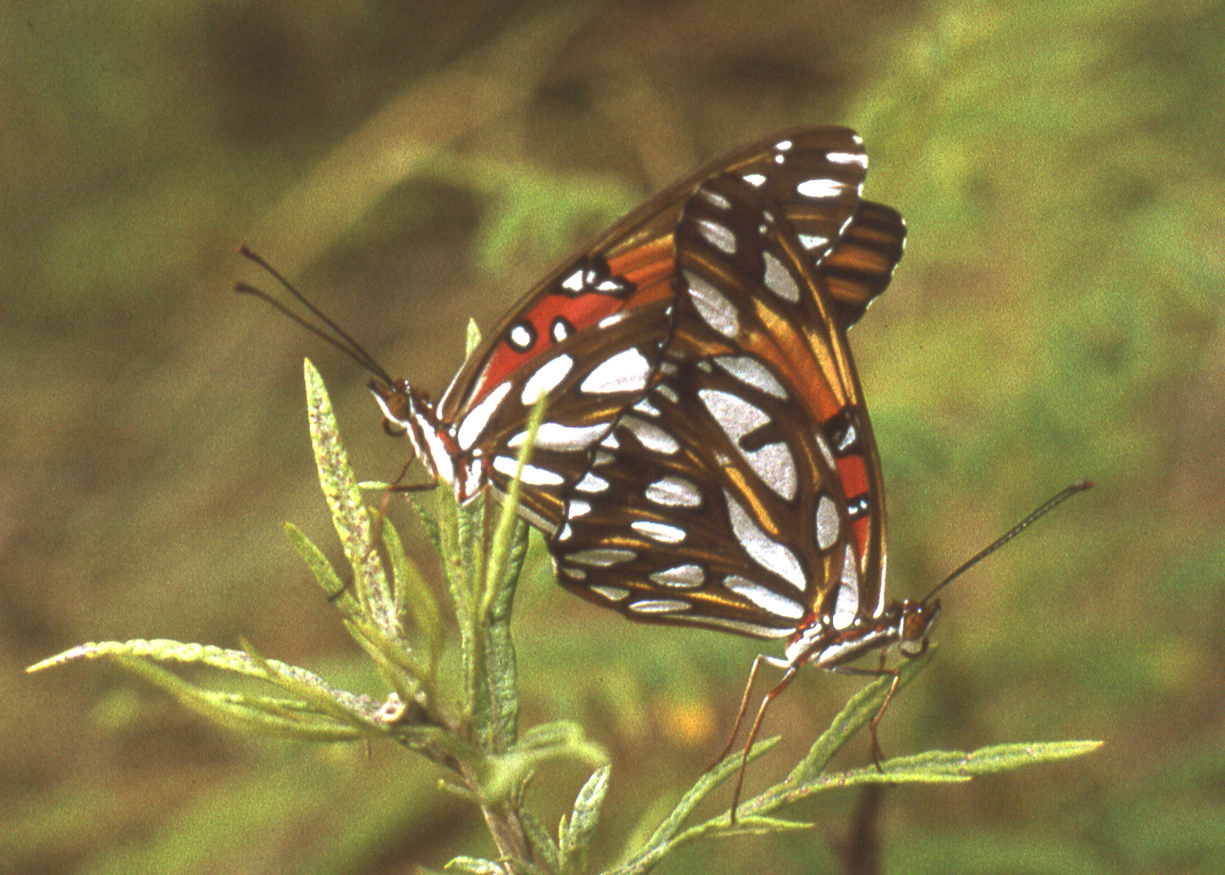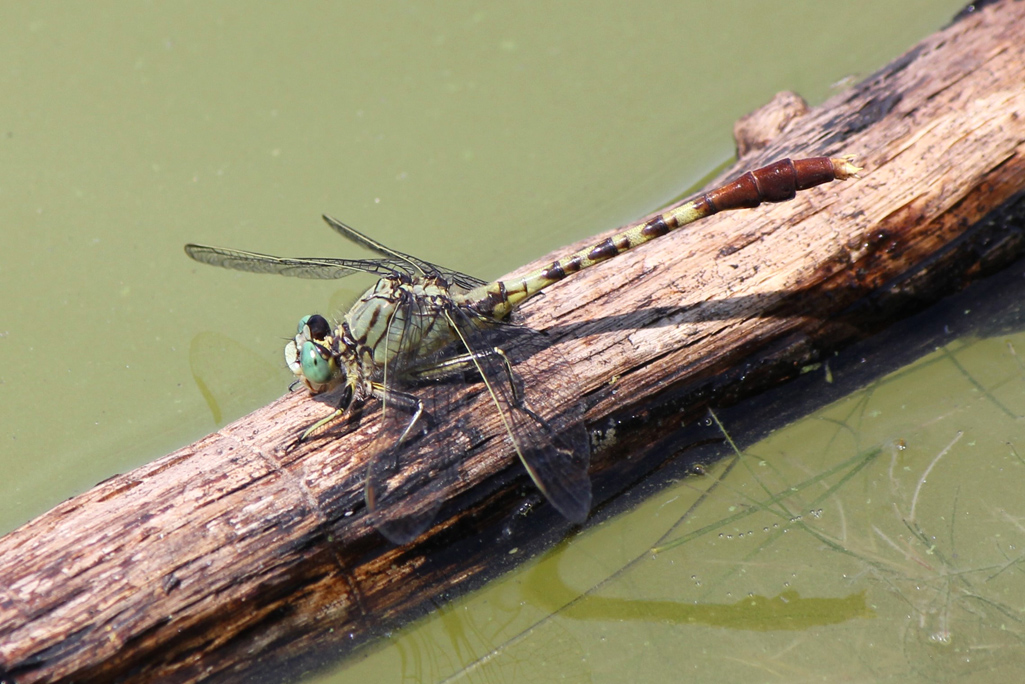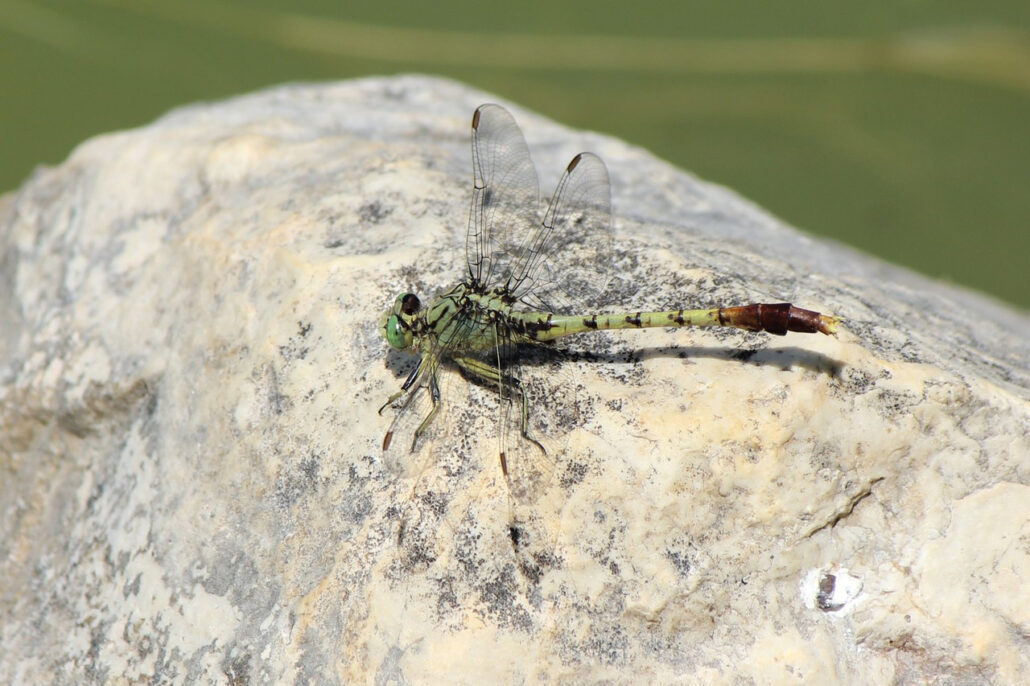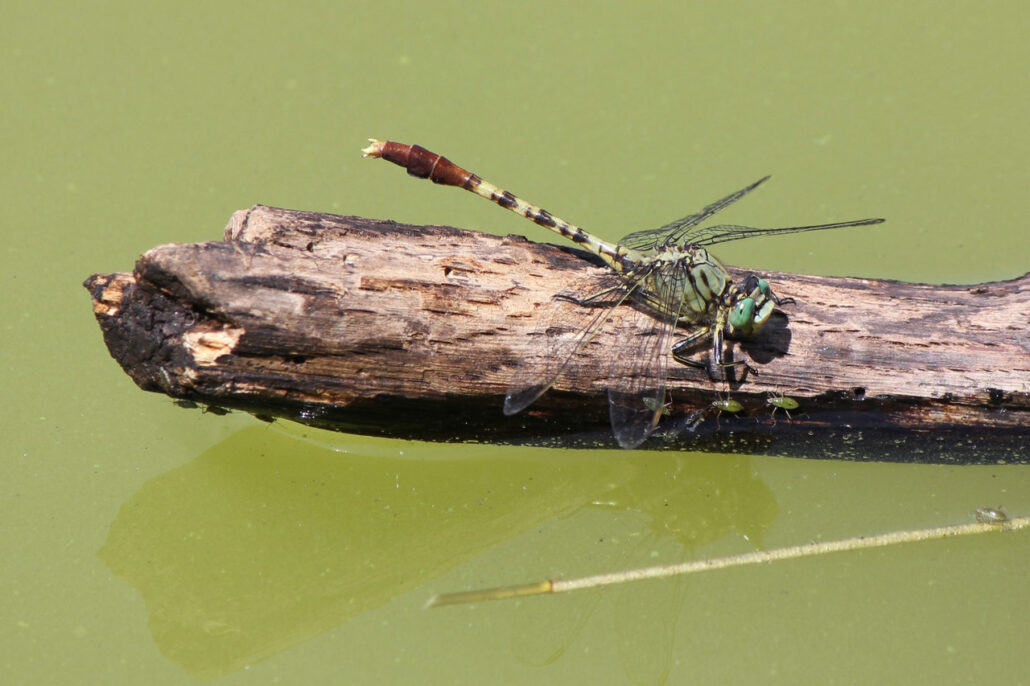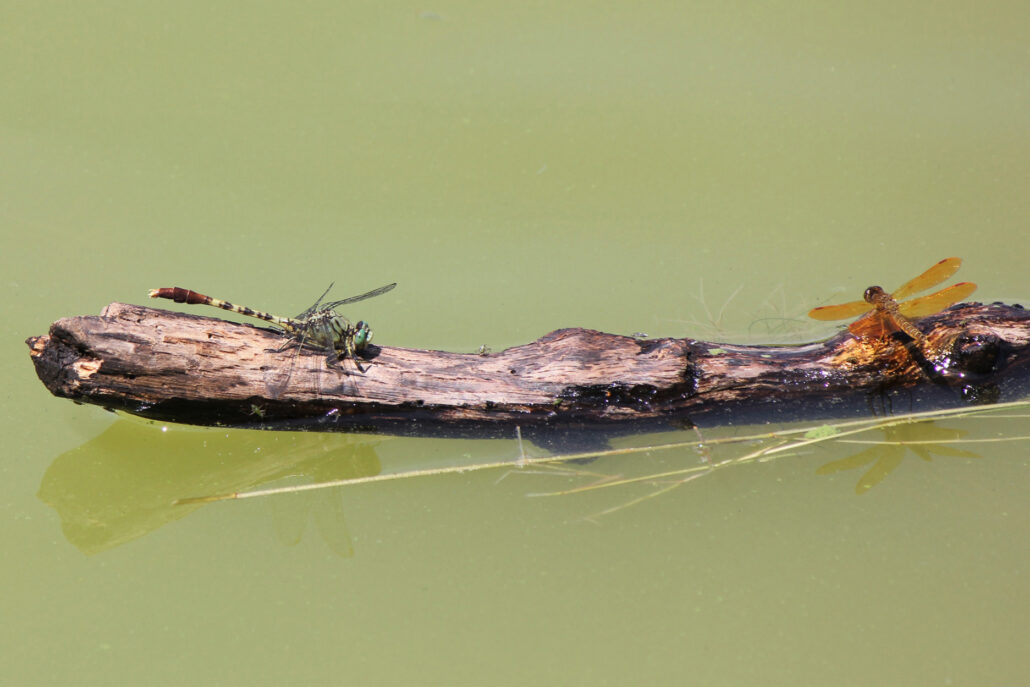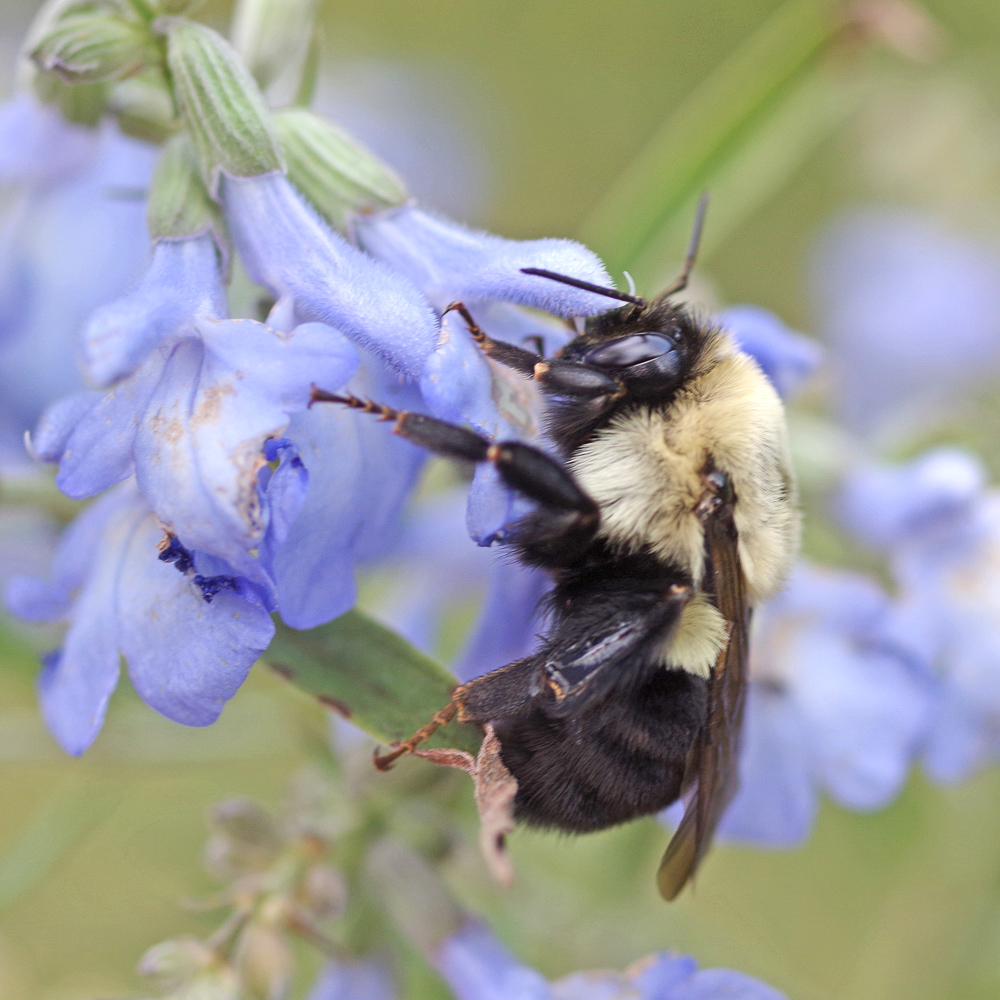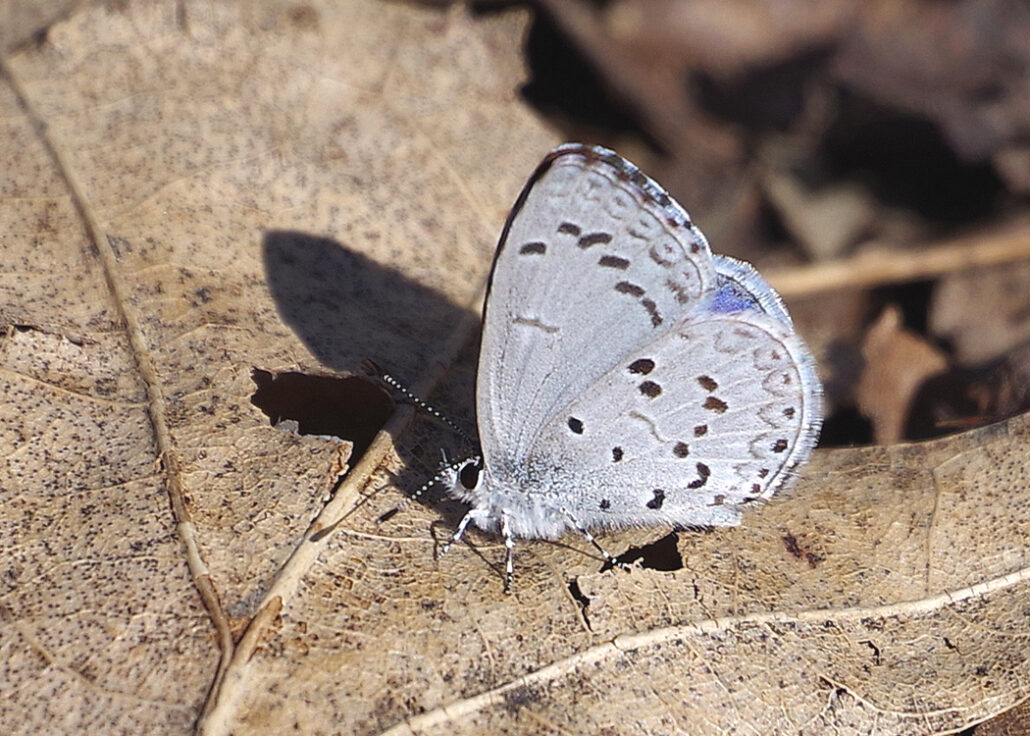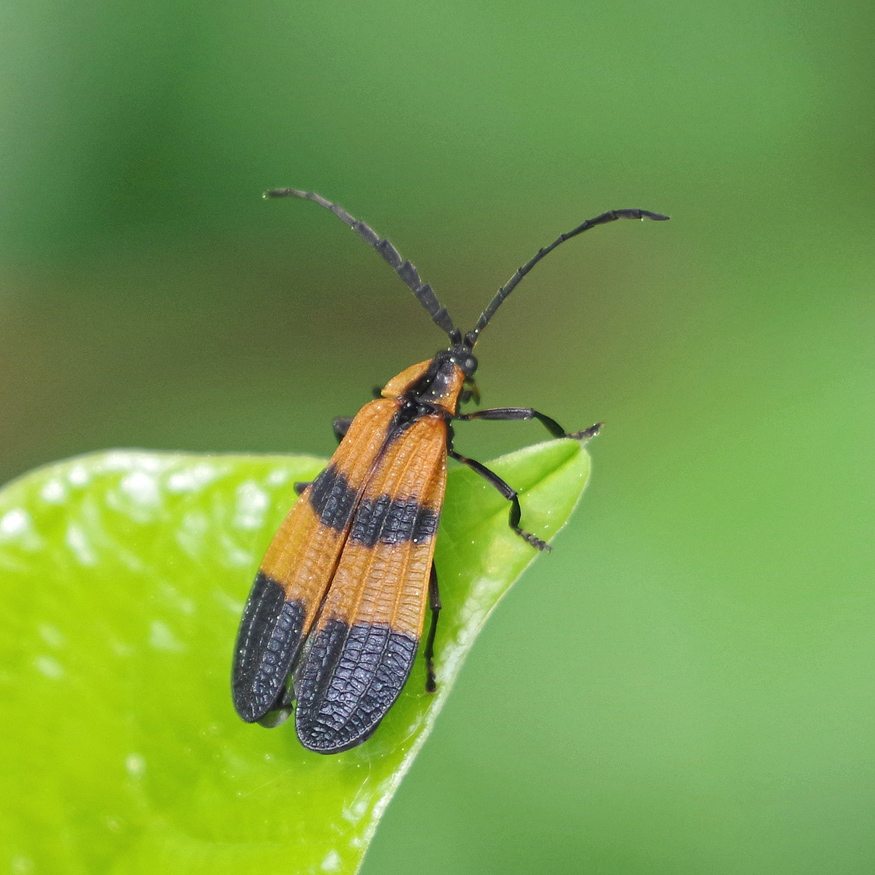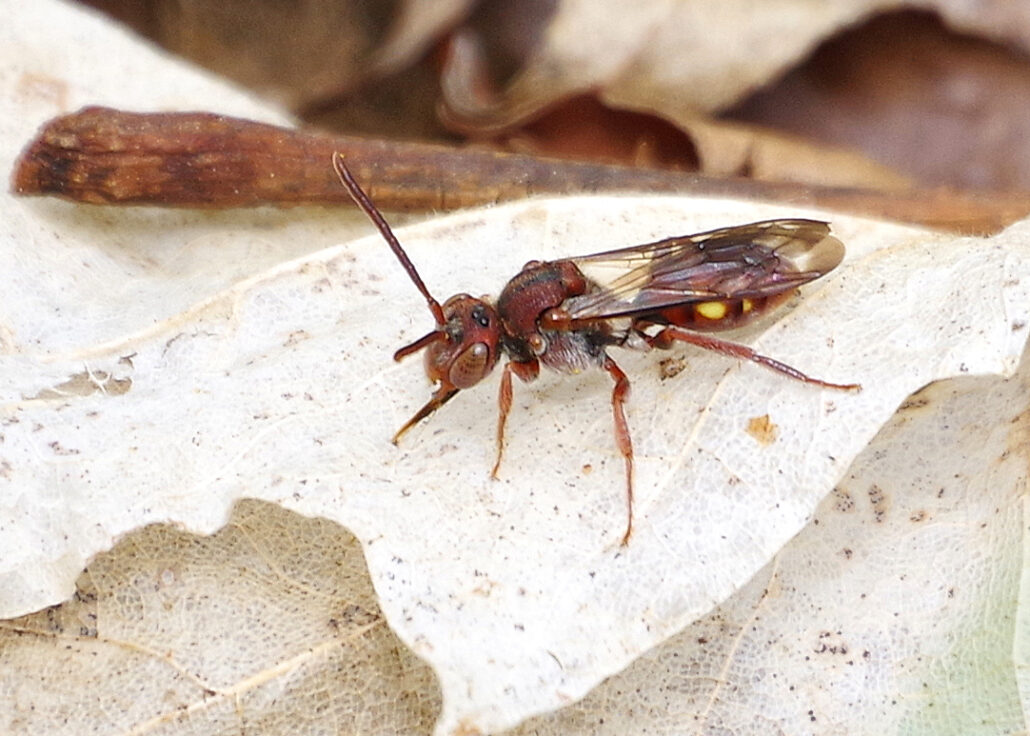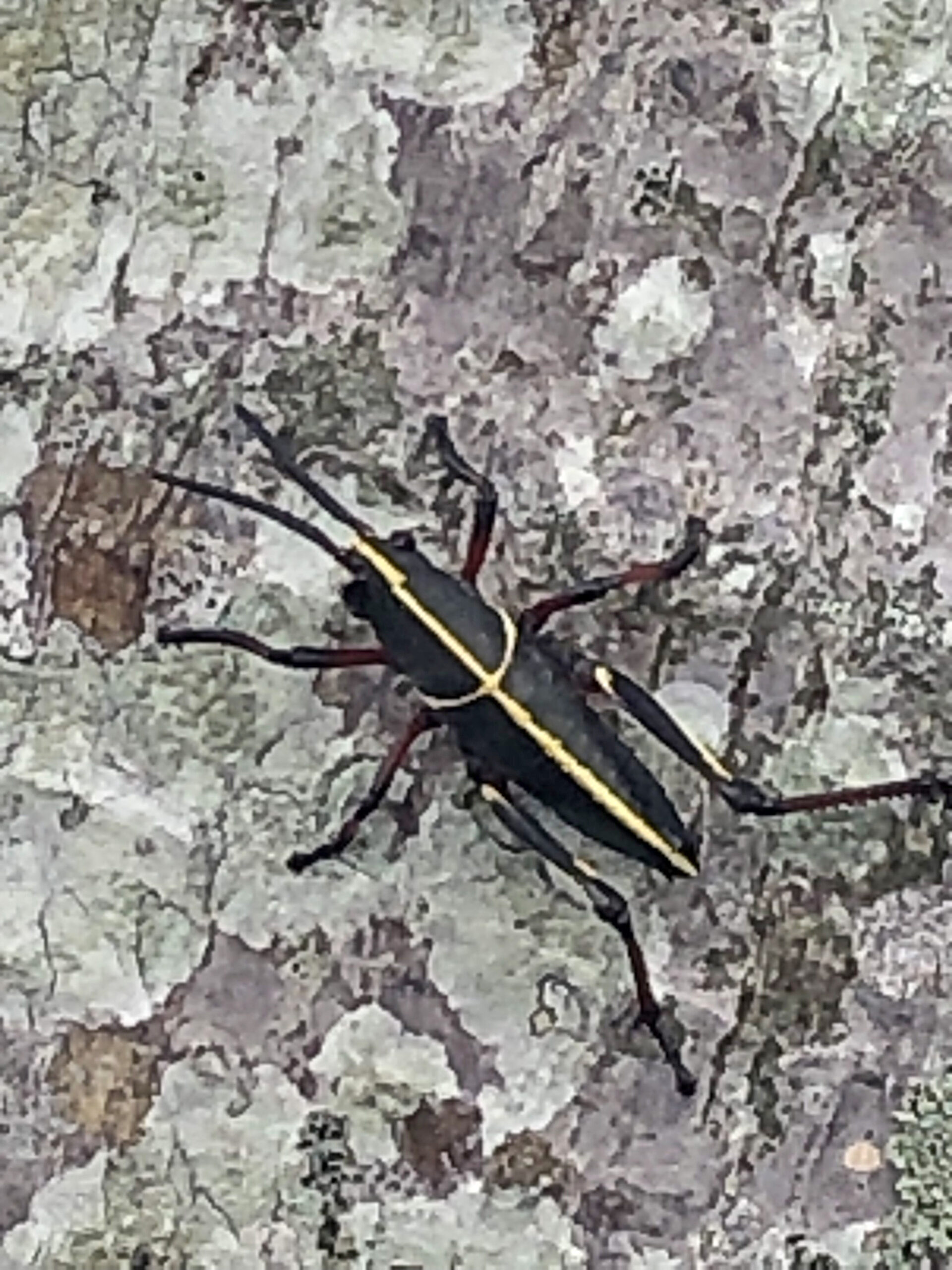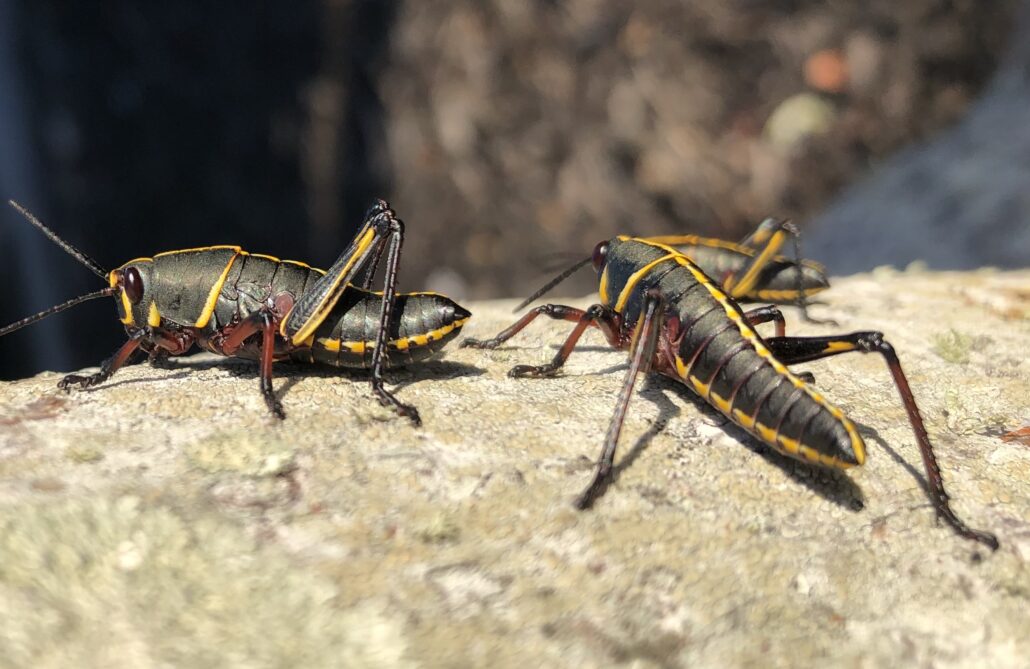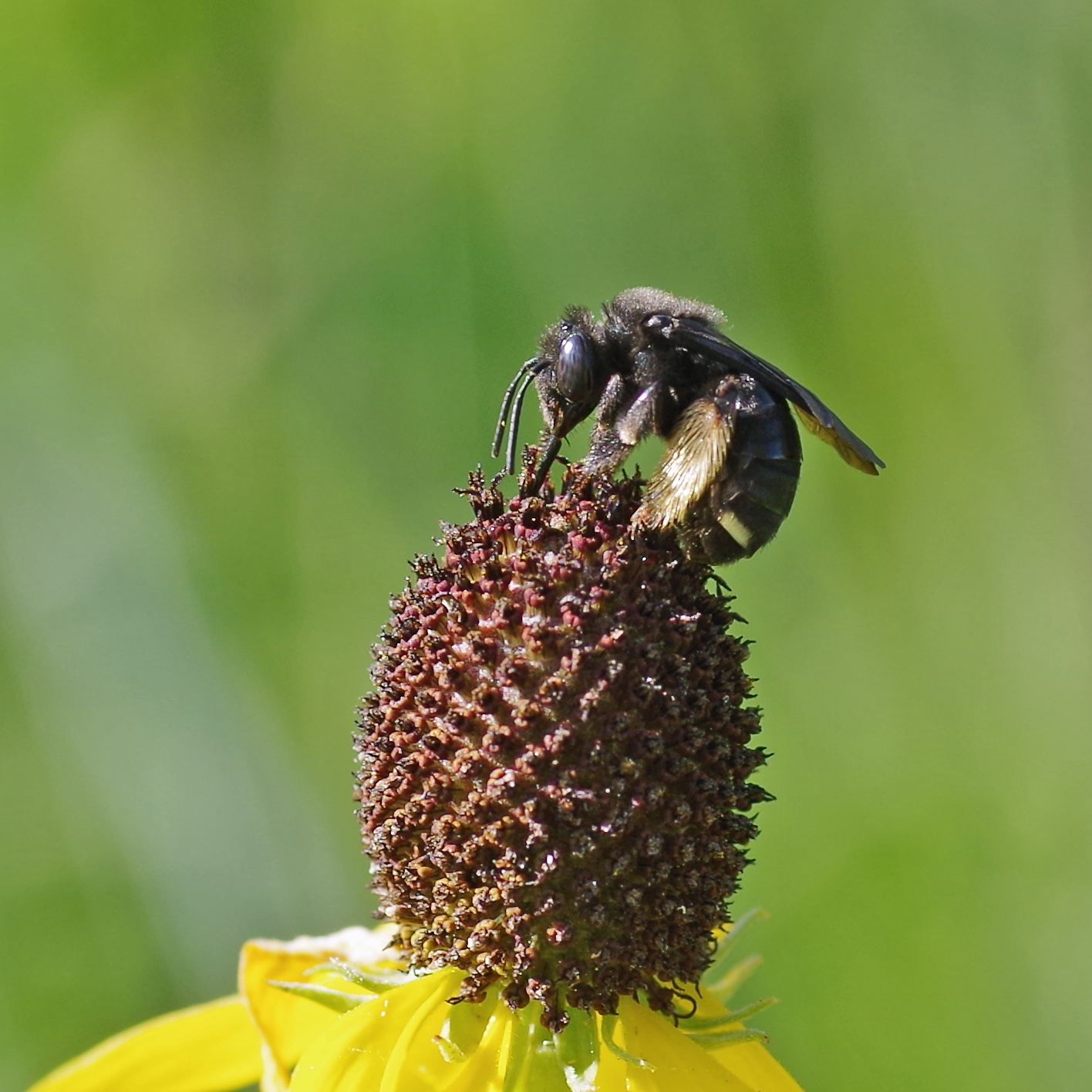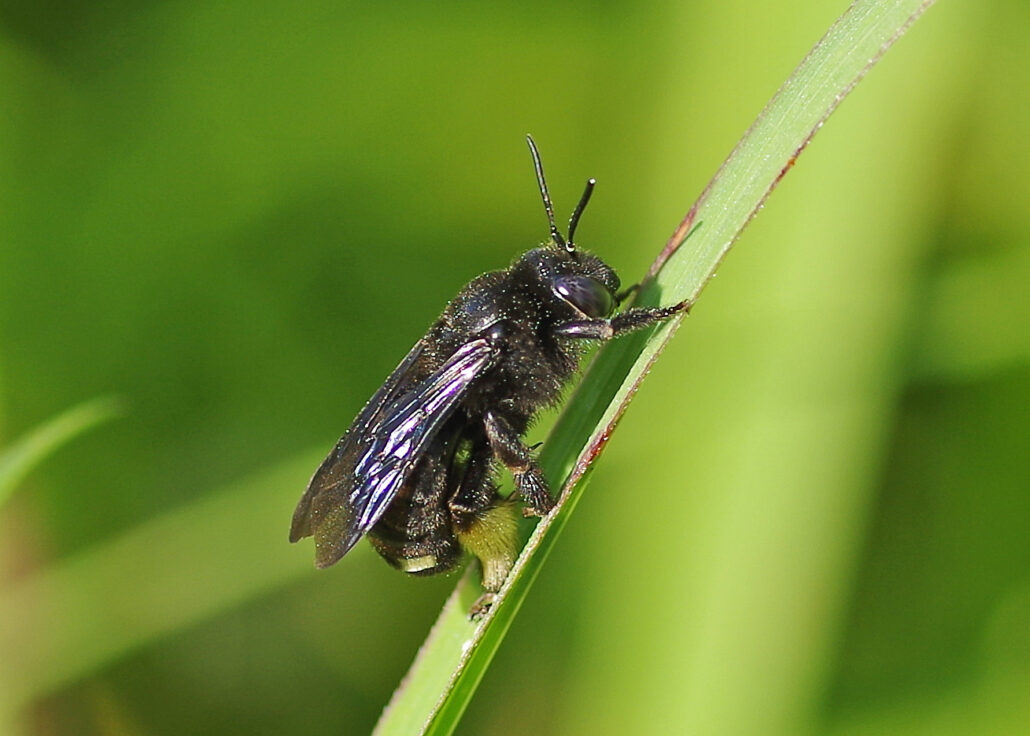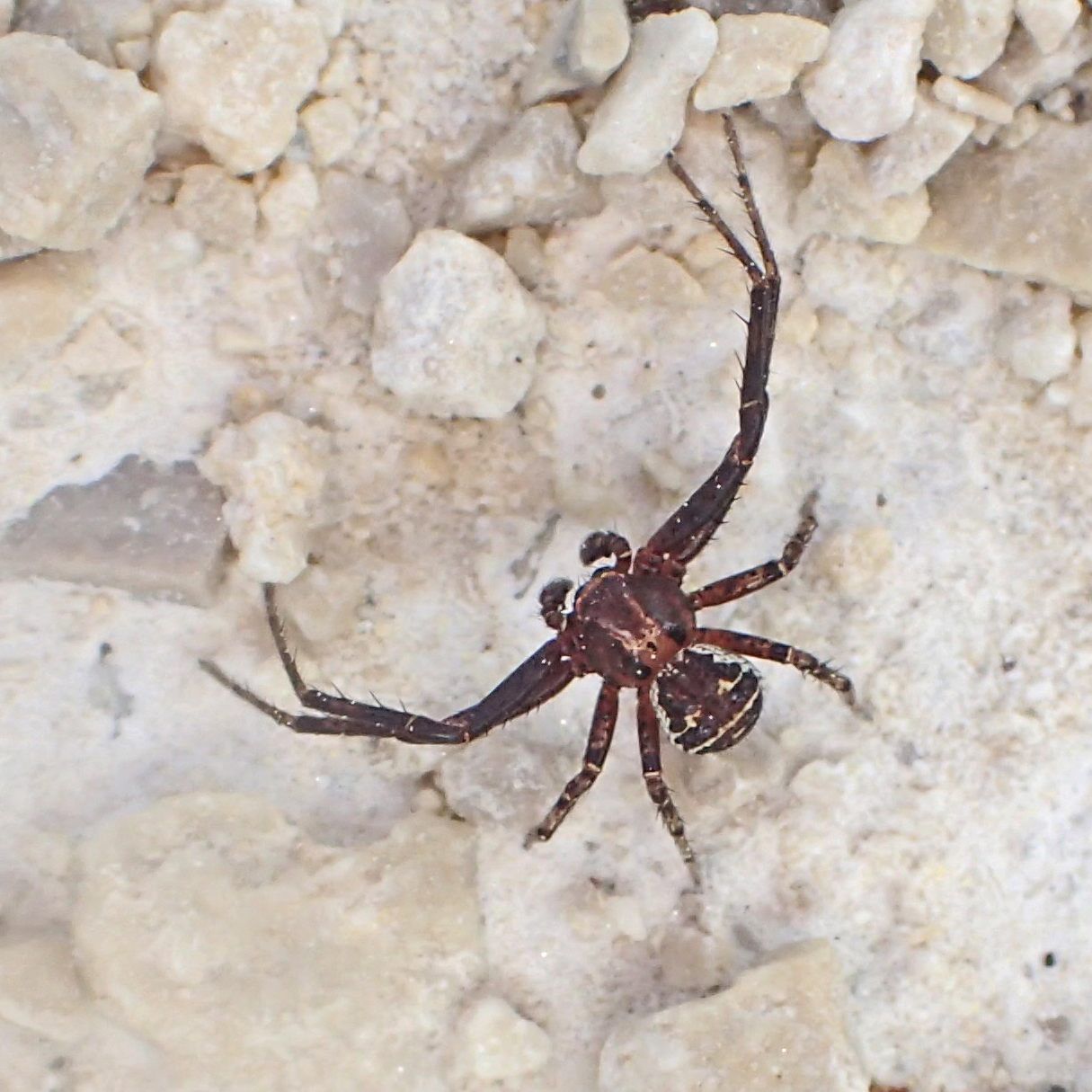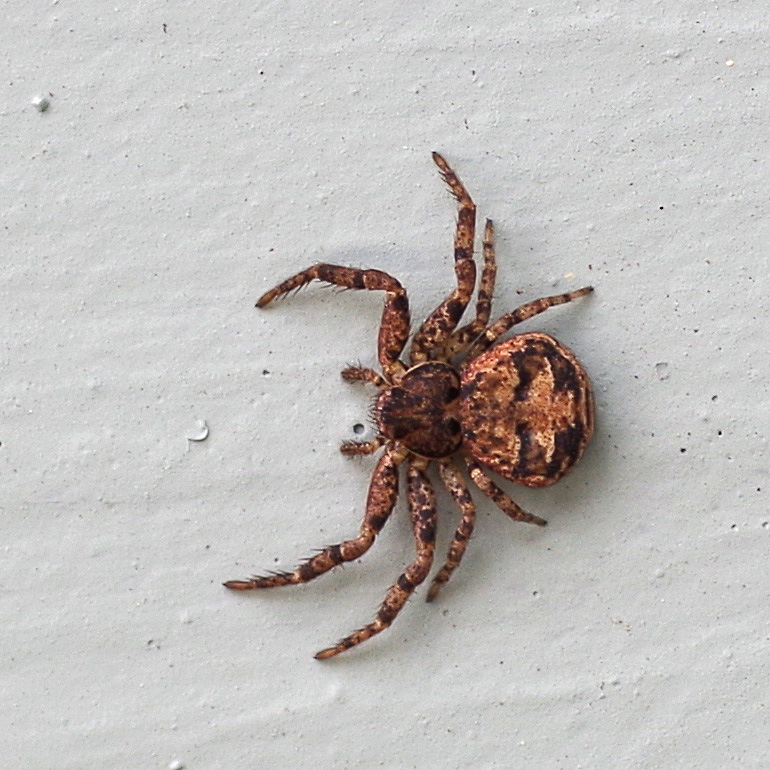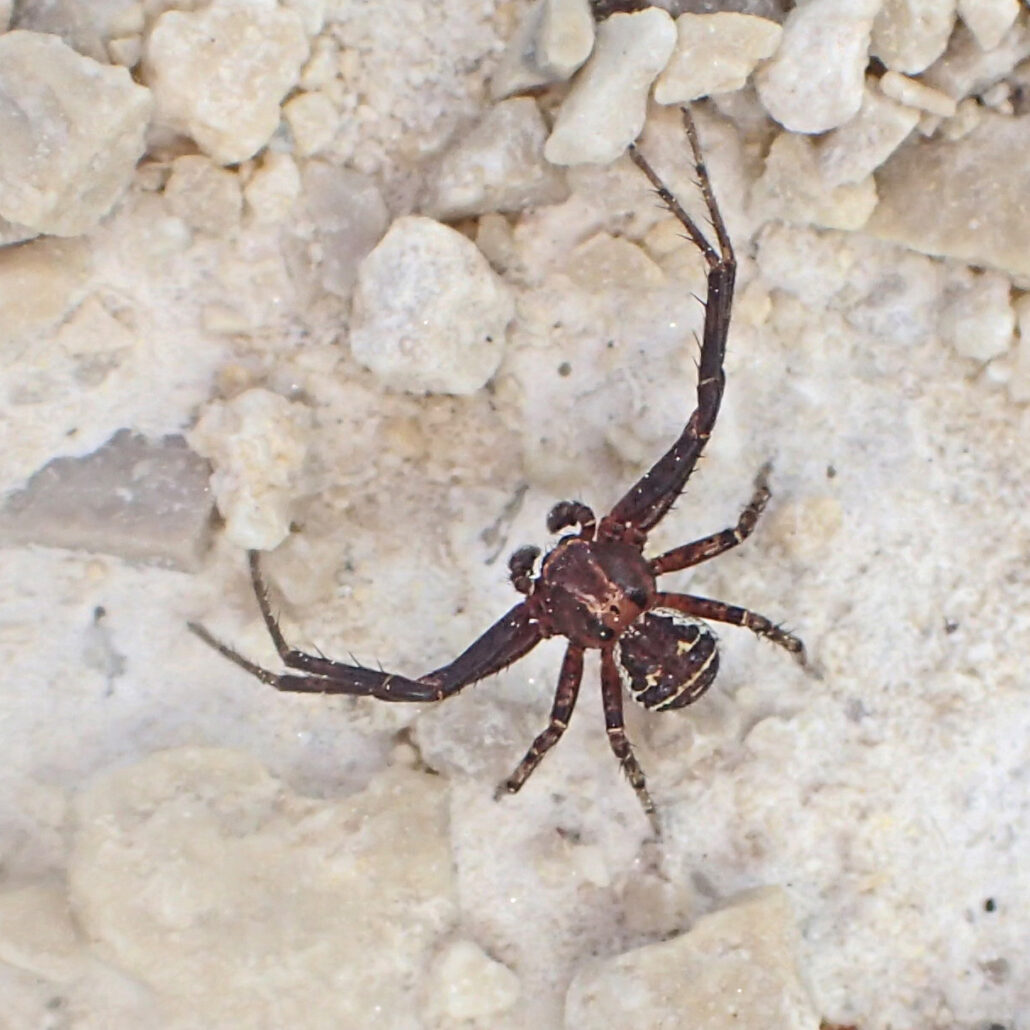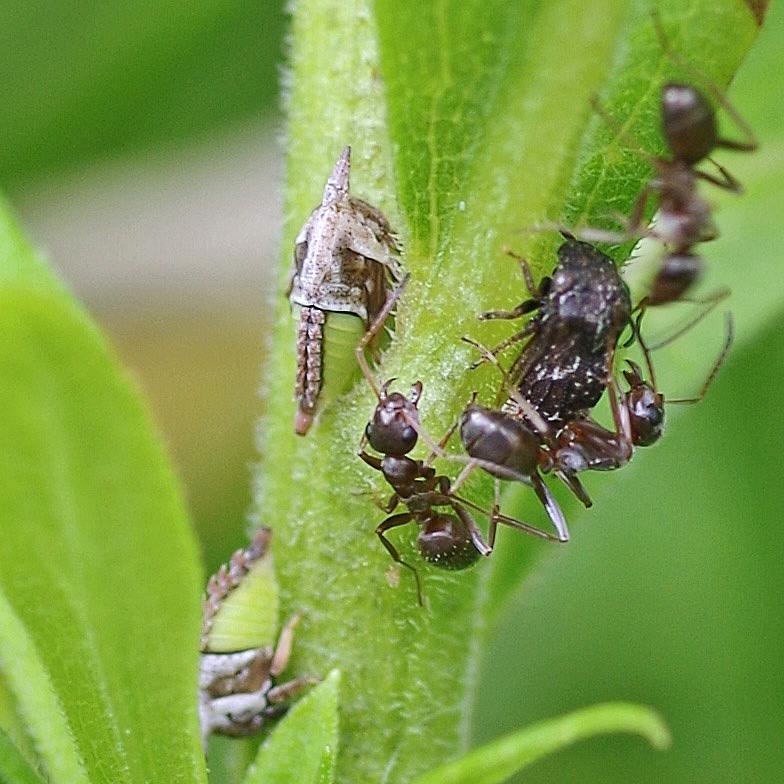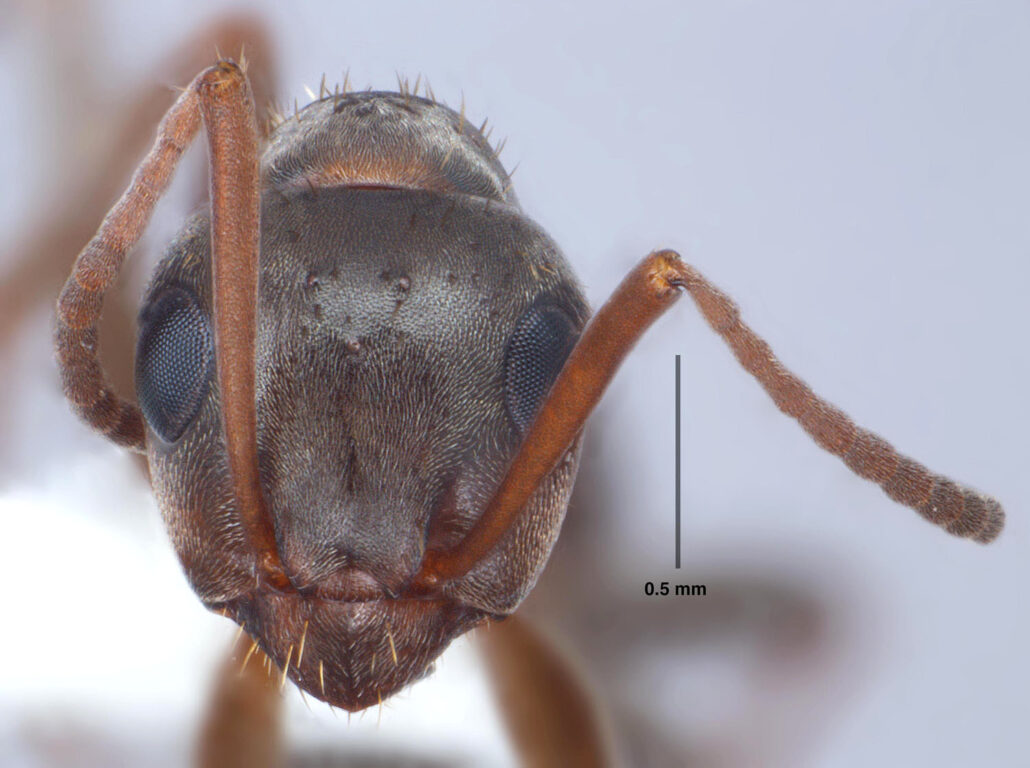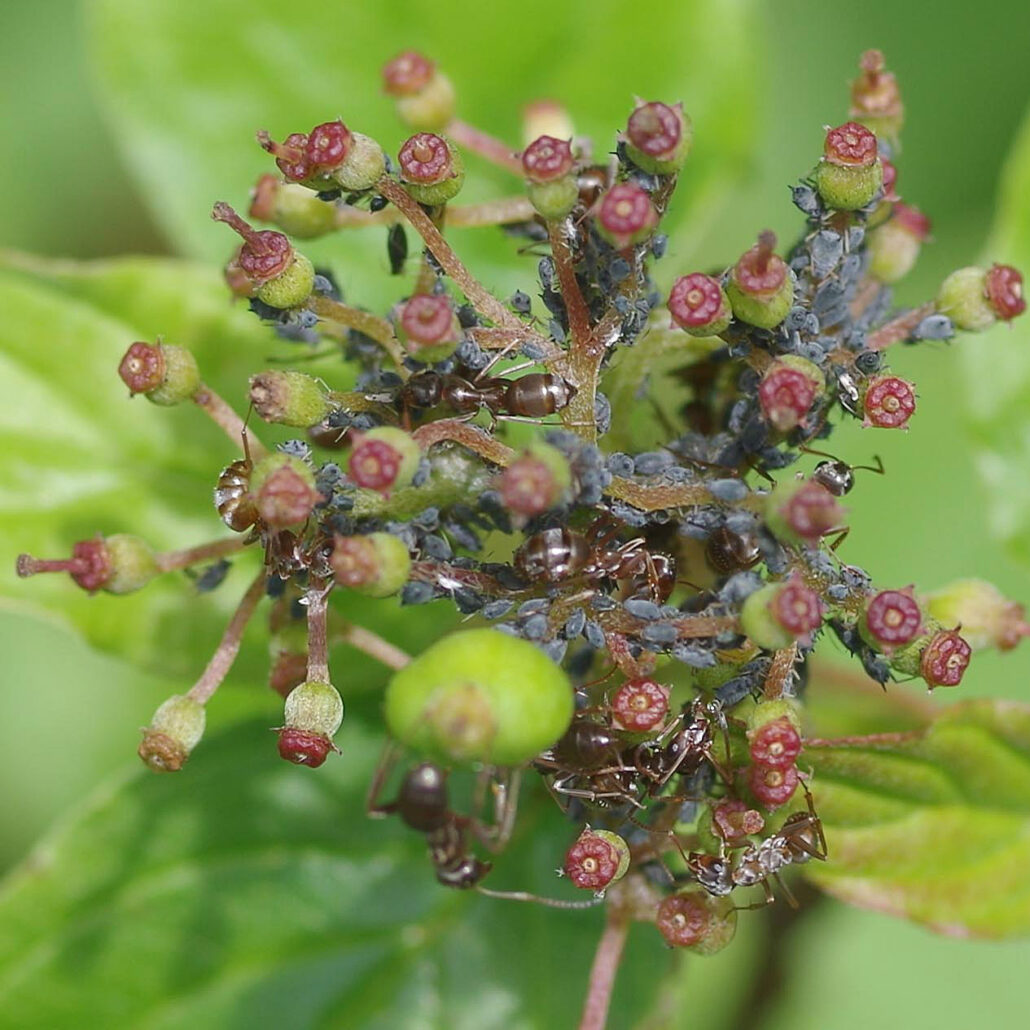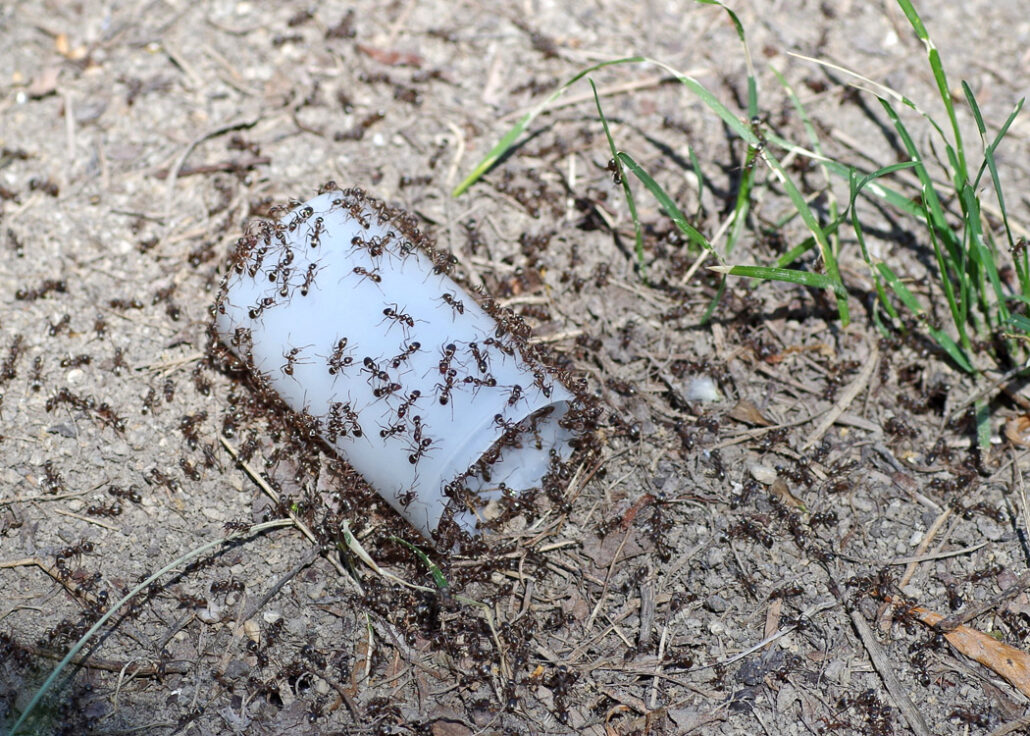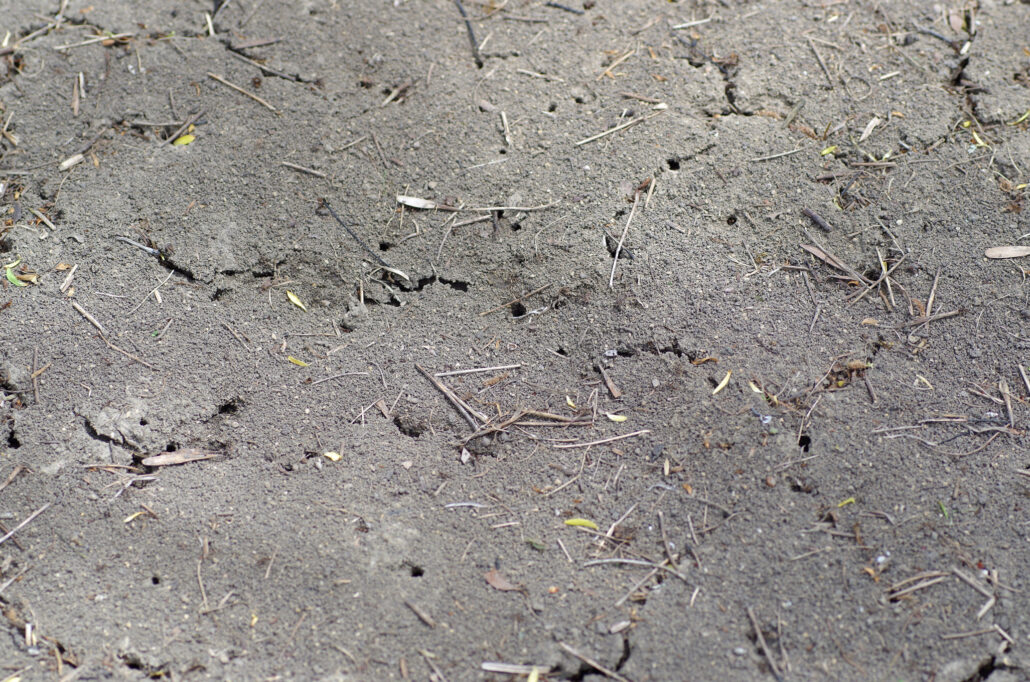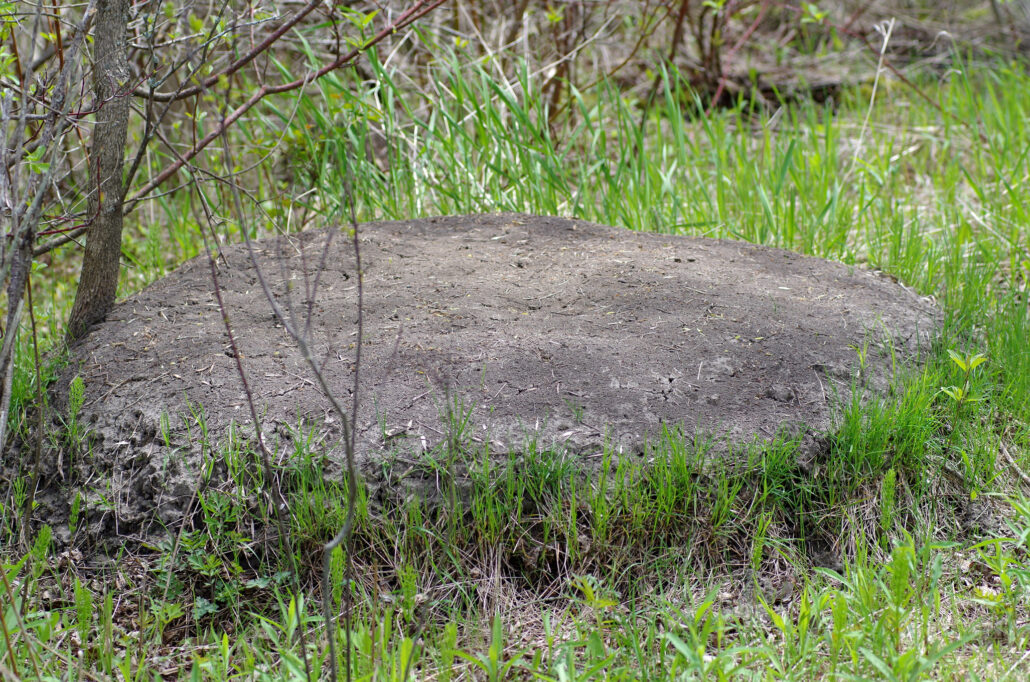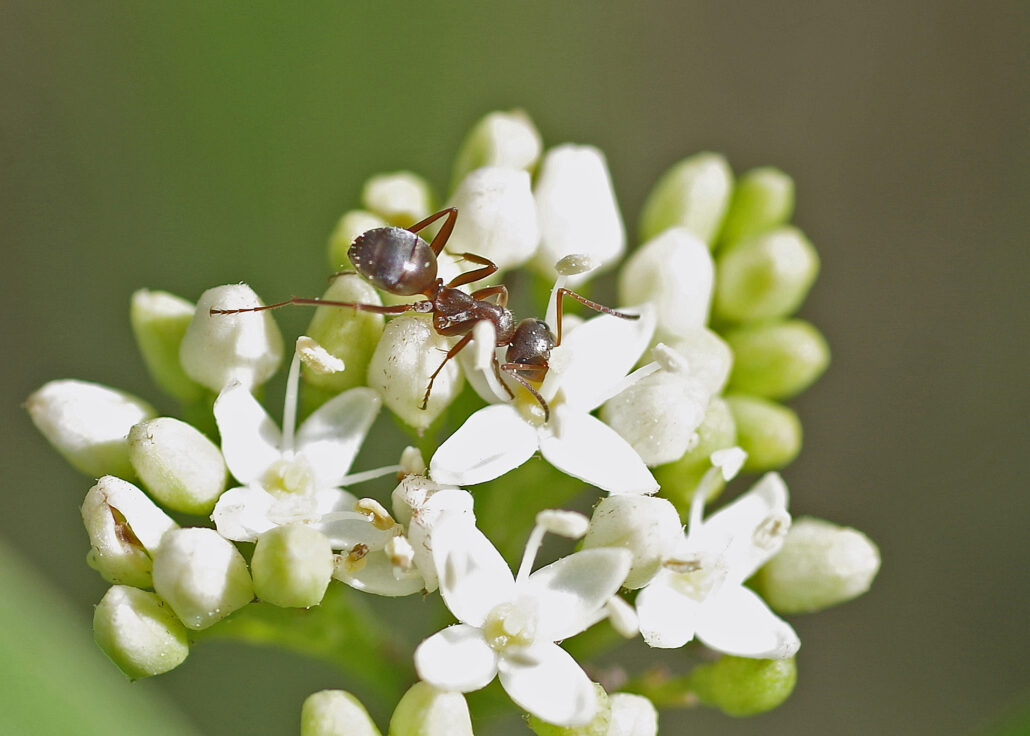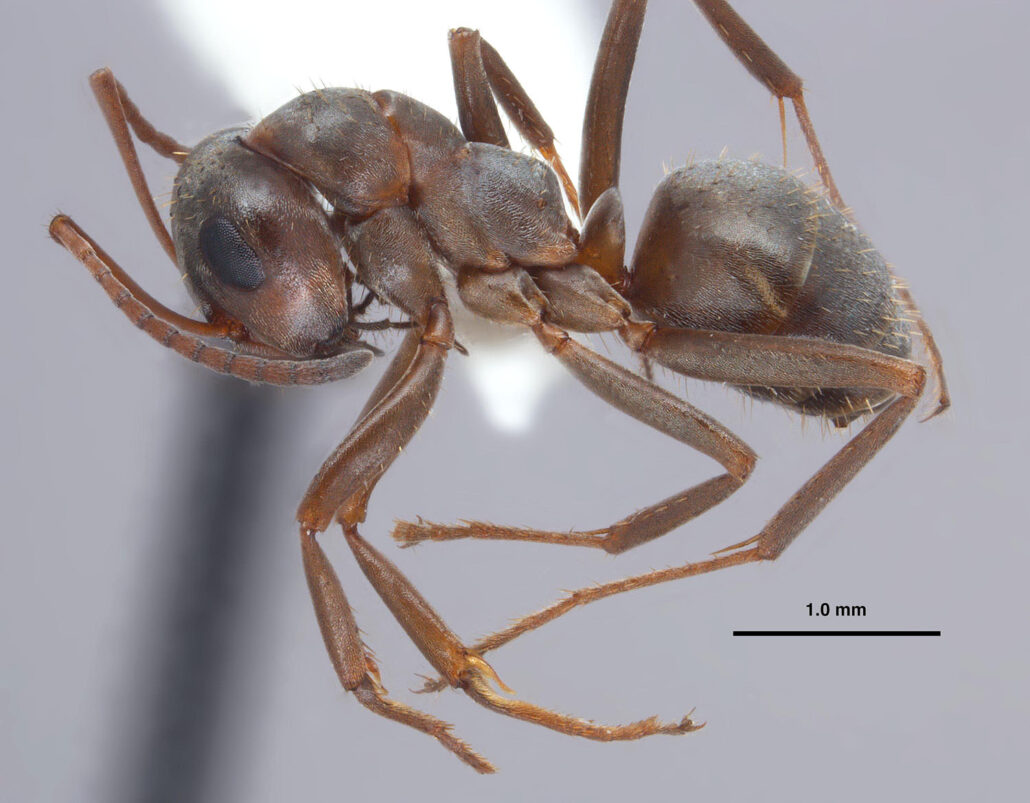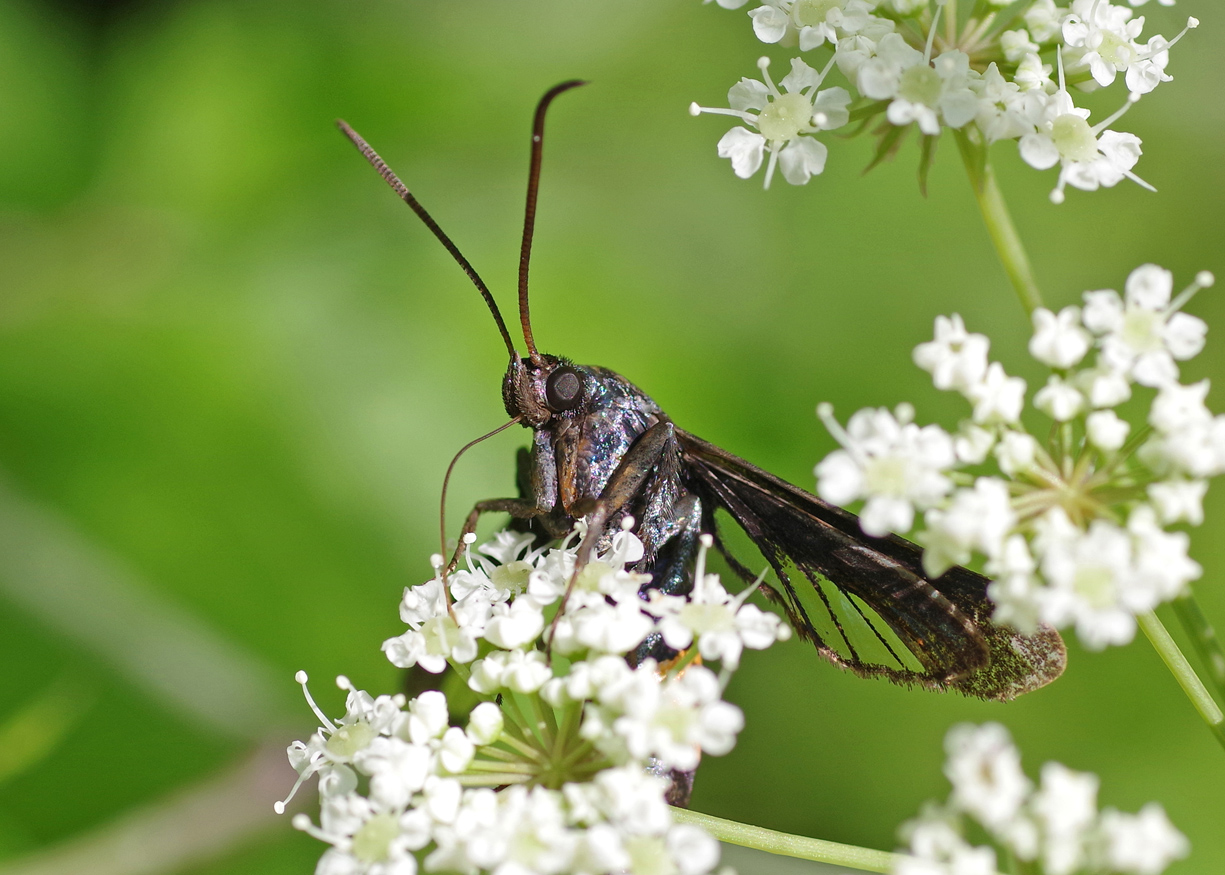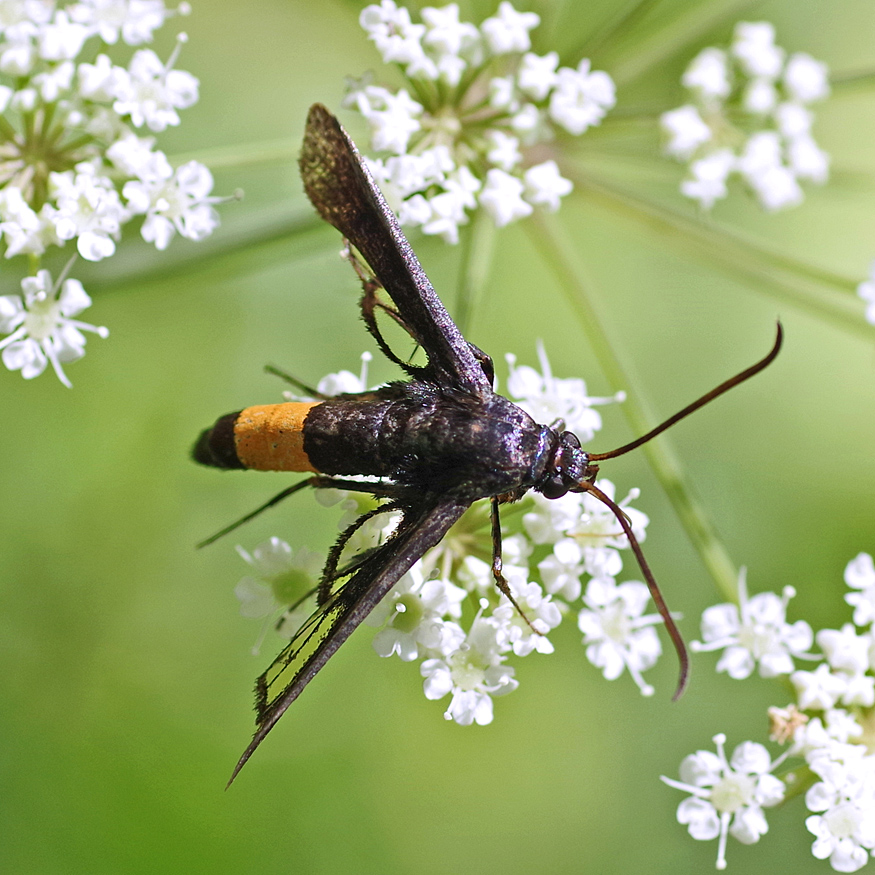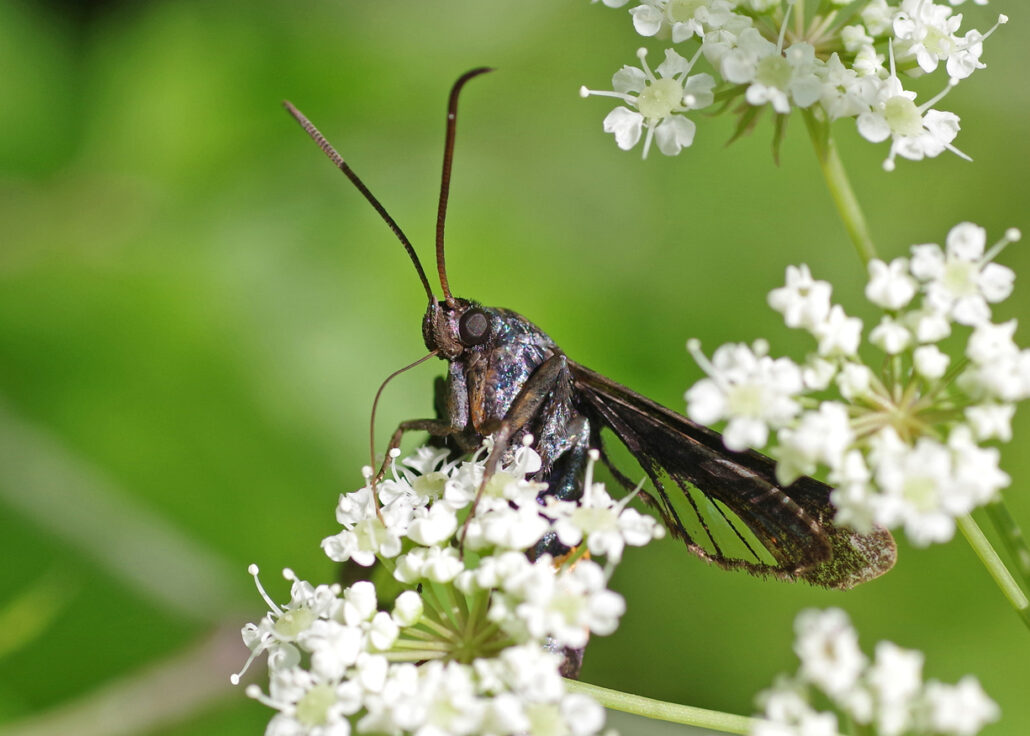
by Kate Redmond
And Now for Something a Little Different III Timberdoodle redux
Howdy, BugFans,
This episode was originally adapted from the Spring, 2010 issue of the BogHaunter, the newsletter of the Friends of the Cedarburg Bog, written by the BugLady wearing a different hat. It’s further revised from a BOTW of seven years ago – new words and new pictures.
Woodcocks are wonderful birds with a great story. They were a big part of the BugLady’s childhood – their return to our brushy fields was celebrated each year and it was (and still is) a race to see who would hear the first one (thanks, Mom, thanks, Dad).
American Woodcocks (Scolopax minor), family Scolopacidae, are long-billed, big-eyed, short-legged, round-winged, Robin-sized birds. The Cornell University All about Birds website says “Their large heads, short necks, and short tails give them a bulbous look on the ground and in flight.” Woodcocks are a dumpling of a bird – about 10 inches long, weighing up to a half-pound, with big eyes, very short legs, and a very long bill (2 ½” to 2 ¾ “). Females are larger than males and have longer bills, too.
Woodcocks are shorebirds that are not tied to the shoreline – upland game birds, the “Landlubbers” of the shorebird family. These odd-looking birds (the BugLady has read that hunting dogs find them odd-smelling, too) have many nicknames, like “timberdoodle” “mudbat,” “brush snipe,” “bog-sucker,” “hokumpoke,” and “night partridge.”
A look at where a woodcock lives and what it eats explains its adaptations. Short, wide wings are perfect for flight through close, brushy areas. A woodcock is a bundle of adaptations. Short wings make it easier to maneuver in the brushy fields, woody edges, wet meadows, and open woodlands that they call home, and the fact that they are able to fly slower than any other bird – 5 MPH – serves them well in those spots.




Their superb camouflage makes it impossible to spot them before they fly, so most views are rear views as they exit the scene. The BugLady once unknowingly stood near two young birds for about five minutes until they couldn’t stand it anymore and departed, startling her with their whistling wings (there have been some interesting studies of birds’ tolerance of nearby humans – birds are more distressed by someone who stops than by someone who strolls by).
Most of their adaptations have to do with their feeding habits. That long bill allows a woodcock to extract earthworms and other invertebrates (snails, millipedes, spiders, flies, beetles, and ants) from deep in the moist soil. The tip of the bill is both flexible and sensitive and can be opened without opening the base. Worms are slippery little devils, and roughened surfaces on the tongue and upper bill help the bird to get a grip. Which is a good thing – a woodcock may eat its weight (about a half-pound) in worms daily. They also eat some plant material – seeds, sedges, and ferns. They feed during the day, solo, during breeding season and at night on their winter grounds. Here’s a video of a woodcock foraging https://www.youtube.com/watch?v=swHtEAEfGXM&ab_channel=CornellLabofOrnithology.
The woodcock’s typical rocking walk was explained by early ornithologists as a tactic to produce vibrations that would rouse earthworms into motion so that the woodcock could hear them. Later biologists speculate that the slow gait tells potential predators that the Woodcock knows they’re there (and is in no hurry). See https://whyevolutionistrue.com/2021/02/28/why-do-woodcocks-rock-when-they-rock/ (but don’t turn on the audio).
Any animal that feeds with its head down runs the risk of becoming a meal while having a meal. Over time, woodcock eyes have migrated toward the top of their head. As a result, woodcocks have good vision both in back and to the sides while they probe for worms (as opposed to a robin, which has eyes on each side of its skull and can’t see much to the fore or aft). Because their eyes have thus migrated, their brains have been rearranged and are upside down.
But, they’re famous for something besides their looks.
Woodcocks make their presence known in early spring – often by mid-March – when males take to the air to perform their amazing “sky dance.” They begin around sunset and continue into the wee hours, especially if the moon is full – the BugLady has heard them in her field at 1:00 AM. The dance is repeated at dawn.

After calling from the ground for a while – a nasal sound described as a “peent” https://www.youtube.com/watch?v=4Owj52XhoxI – the male takes off. Specially-shaped wing feathers produce a twittering sound as he spirals into the air, sometimes more than 300 feet up. From high in the sky, he zigzags back down, vocalizing a rich “chirp, chirp, chirp, chirp” sound.
Let Aldo Leopold tell it: “Up and up he goes, the spirals steeper and smaller, the twittering louder and louder, until the performer is only a speck in the sky. Then, without warning, he tumbles like a crippled plane, giving voice in a soft liquid warble that a March bluebird might envy. At a few feet from the ground, he levels off and returns to his peenting ground, usually to the exact spot where the performance began, and there resumes his peenting.”
There, the theory goes, the enamored female woodcock will find him.
The first sound on this audio is the chirping call of a descending bird https://www.allaboutbirds.org/guide/American_Woodcock/sounds, and if you listen, after he’s landed and is peenting, you can hear the faint “Whoop – Whoop” sound that apparently is a communication between two birds that are on the ground. More vocalizations can be heard in the “Sound and Calls” section at http://www.audubon.org/field-guide/bird/american-woodcock.
Once she finds him, he struts and bows with outstretched wings. Females may make the acquaintance of several males, and vice versa, but by the end of April, the show’s about over. Males will continue their sky dance into early May – even though most of their potentially appreciative audience is sitting on eggs. They are often incubating during the final snowstorms of spring. Hope springs eternal, and some females will join the dance even while they’re caring for young.
Woodcocks nest on the ground; females line a shallow depression with leaves and deposit (usually) four mottled, tan eggs in it. She will sit on them for about three weeks, but the male does no incubation or child care. The young are “precocial,” (think “precocious”) – unlike the blind and naked young of songbirds, woodcock nestlings are dried off and running around within hours of hatching. Although she continues to feed them for a week or so, the young are probing for food when they’re just three or four days old, and flying after two weeks. Fun Fact – newly-hatched Woodcocks have adult-sized feet.
As ground-nesting birds, woodcocks are preyed on by dogs, cats, skunks, possums, and snakes. The BugLady once saw a woodcock fluttering across a field, just above the grass tops, pursued by a raccoon; it may have been a female, leading the raccoon away from her nest.
Many birds undertake epic migrations, but not the Woodcock. As the ground chills and worms migrate vertically to escape the frost, woodcocks need only travel to the Southeastern and Gulf States, where unfrozen ground allows them access to food. Woodcocks migrate at night, at low altitudes, alone or in small groups, usually starting in October. The trip is unhurried, with the birds’ cruising along at about 25 MPH. They start the return trip in February.
Around the beginning of the 20th century, books were being cranked out by “nature-fakers,” who romanticized and anthropomorphized the daily lives of the animals they wrote about. They wrote that a woodcock was able to set its own leg if one got broken – the proof being the crusted mud often seen on woodcocks’ legs.
Lots of Nature Centers offer Woodcock Walks at this time of year, or you can drive out into the countryside and find a brushy field. The show usually starts about 45 minutes before sunset.first&year=2025.Fritillary https://bugguide.net/node/view/1990523/bgimage, https://bugguide.net/node/view/1887246/bgimage, give it a second look, just to be sure.
Kate Redmond, The BugLady
Bug of the Week archives:
http://uwm.edu/field-station/category/bug-of-the-week/





